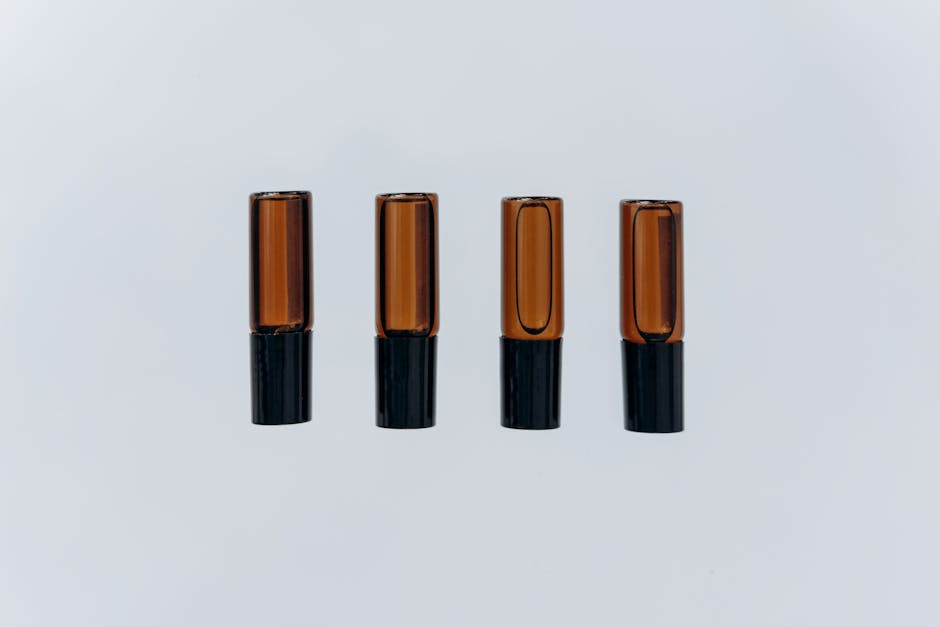
The Science Behind Scent: Unveiling the Secrets of Molecular Fragrance Composition
Have you ever wondered about the science behind scent? How different molecules come together to create delightful aromas that captivate our senses? In this blog post, we will delve into the fascinating world of molecular fragrance composition and unveil the secrets behind your favorite perfumes.
Perfume is an intricate blend of various aromatic compounds, which are responsible for the unique scents we experience. These compounds, known as molecules, play a significant role in determining the overall fragrance profile.
One of the key factors in creating a perfume is to understand the volatile nature of molecules. Volatility refers to how quickly a molecule evaporates. Molecules with high volatility evaporate rapidly, releasing their scent into the air. On the other hand, molecules with low volatility evaporate slowly and linger on the skin, giving the perfume its long-lasting effect.
In the world of fragrance chemistry, there are thousands of different molecules that perfumers use to create captivating scents. These molecules can be categorized into different fragrance families, such as floral, woody, citrus, or oriental. Each family has its own distinctive character and contributes to the overall scent in a unique way.
For example, floral fragrances often contain molecules such as rose oxide, geraniol, or linalool, which give the perfume a fresh and flowery scent. Woody fragrances, on the other hand, may include molecules like patchouli or sandalwood, which provide a warm and earthy aroma. Understanding these molecular compositions allows perfumers to create a wide range of scents that cater to different preferences.
The art of fragrance composition also involves creating a harmonious blend of top, middle, and base notes. Top notes are the initial scents that you experience when you first apply a perfume. They are usually light and refreshing, grabbing your attention immediately. Middle notes, also known as heart notes, appear once the top notes fade away. They form the core of the fragrance and act as a bridge between the top and base notes. Lastly, base notes are the long-lasting scents that linger on your skin for hours, providing depth and richness to the perfume.
By understanding the science behind scent and mastering the art of molecular fragrance composition, perfumers can create unique and captivating fragrances that evoke emotions and leave a lasting impression.
